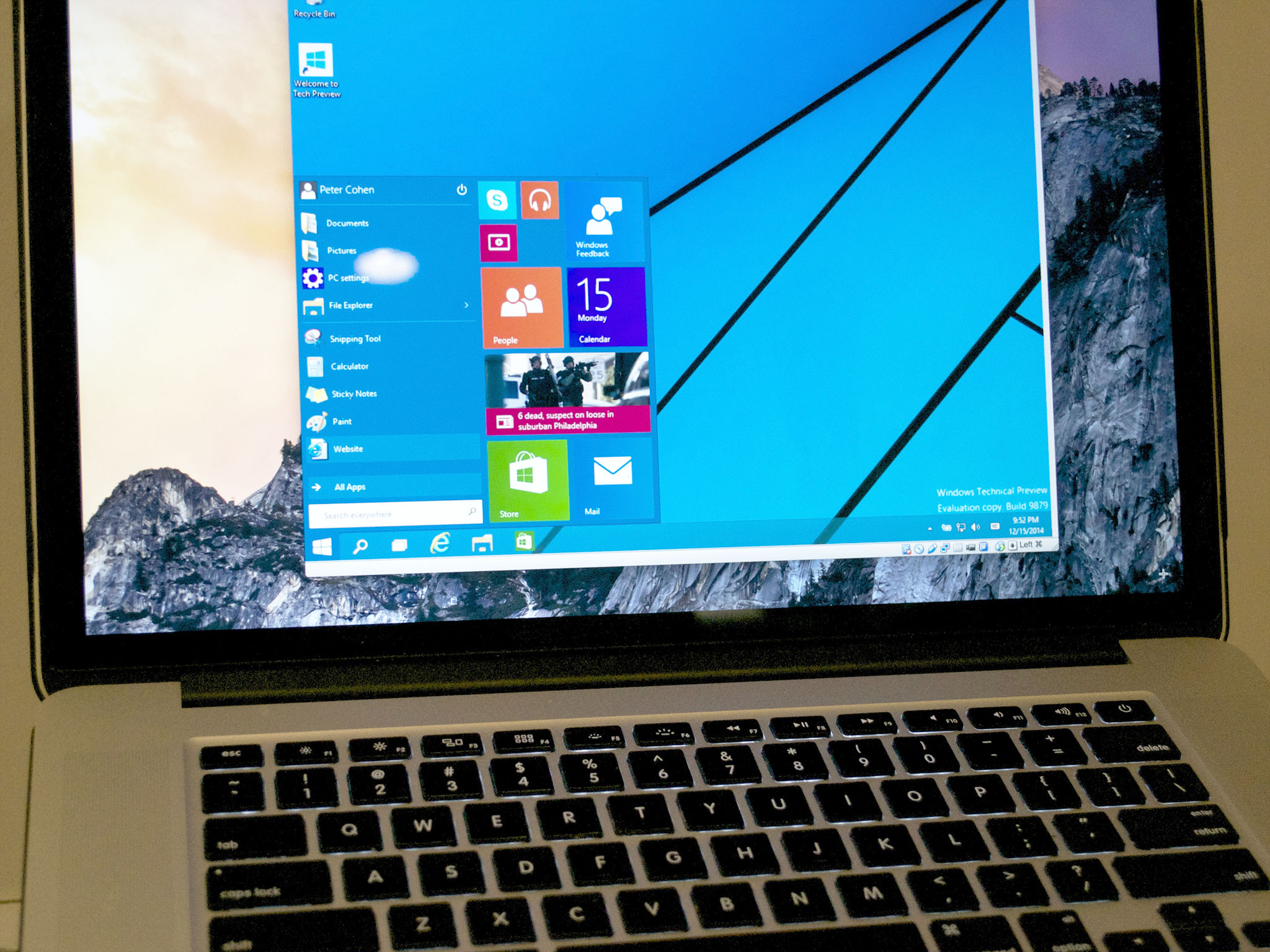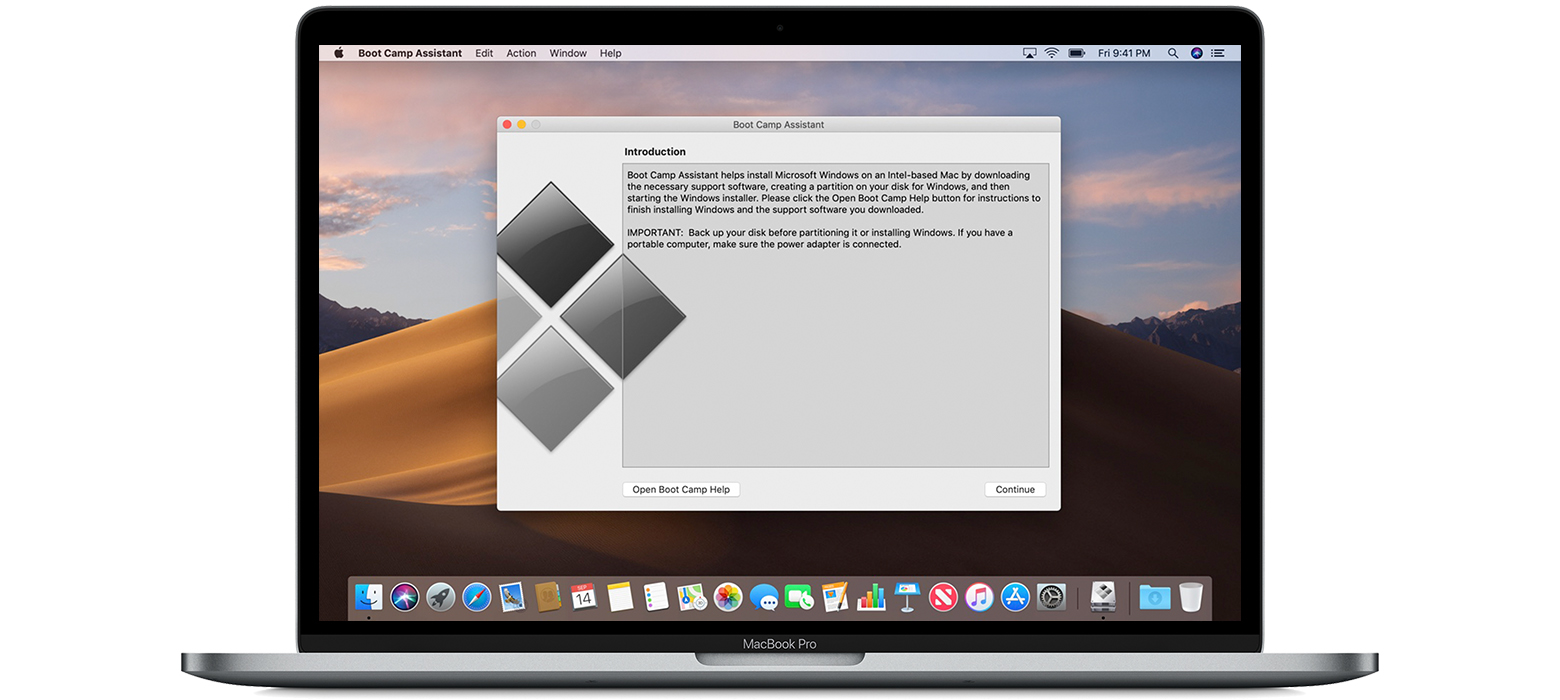If you’re using both Windows and macOS, you’ve to deal with when mac refuses to boot. The reason behind can be from a number of things that could go wrong. This includes system failure, bad updates, power failure, hardware failure. Unless there is a hardware problem that only can be diagnosed at the apple center you can fix your Apple computer.
It is an excellent practice always to have a bootable macOS USB, which you can easily create using macOS operating system. But since we’re here, you probably can want to make bootable USB using Windows 10. Let’s be real, and there are more Windows computers compared to MAC. Fortunately, you can use a Windows computer to create a bootable USB flash drive.
In this article, we’ll help you with the instructions to create a bootable MacOS USB installation media from a Windows 10 computer. So that you can use that USB to install or reinstall (upgrade) Apple’s MacOS. You can create a macos Catalina/sierra bootable USB using this guide to fix your operating system.
'Windows 10 on Arm' runs better on an M1 Mac than it does on the Surface Pro X Microsoft has not announced plans to make Windows on Arm commercially available Adobe quietly releases Photoshop beta. How to Install Mac on a Windows computer. Step 1: Install the VMWare Player you have just downloaded above. It’s easy, just follow the on-screen instructions and you’re good to go. Step 2: Run the program after you have installed it. Enter your email and click Continue. In Windows on your Mac, click in the right side of the taskbar, click the Boot Camp icon, then choose Boot Camp Control Panel. If a User Account Control dialog appears, click Yes. Select the startup disk that has the default operating system you want to use. I have gathered information from various guides and tutorials at internet and prepared an easy and simple method to install OS X on Windows PC without the help of Mac. So follow the guide below if you want to create a hackintosh system.

What’s needed?
You will need a few things before you get started. The first essential thing in it is a USB drive would be awesome if you use a USB 3.0, but you can get the work done using slow USB as well. So, in contrast, you need these following things.
- One high-quality USB flash drive with 16GB of storage.
- TransMac software.
- MacOS operating system image (DMG file).
How to Create a macos Catalina bootable usb
The guide is simple and straightforward if you follow thiese step.
Download and install TransMac on your Windows PC. It’s paid software with 15-day trial, so you can use it within the time to create a bootable MacOS USB flash drive. If you like the software and to support the developer you can buy the full version.
Plug the USB drive to your Windows computer that you’ll be using to fix your MacOS. And we are going to tell you something straightforward – backup if things stored in USB Drive.
Step 1. Open the TransMac, and select Run as administrator. If you’re using the trial version, wait 15 seconds, and click Run.
Step 2. Use your USB drive right-click on it and select format disk format this will format the USB drive so that it can be used to store the Mac OS operating system. One thing you need took care of that the USB drive needs in GPT partition in order to work on a Mac computer otherwise it won’t boot.
When it prompts select a name for your USB it doesn’t matter but just do it and click ok. If the formatting completed successfully, click OK to continue.
Step 3. Again from the left sidebar right-click on the USB drive and select restore with disk image.
Step 4. Now browse to the location where the Mac OS system image file is located and click ok to load it.
Step 5. Click Yes to create the macOS USB bootable media.
It will take a few minutes to complete the process because the Mac Operating System is larger than any other operating systems like Windows and LINUX in size. Now plug the USB drive to Mac computer in order to install, install or upgrade the operating system to the latest version of Mac OS, which can be Sierra or later.
THE TOOL CAN
- Apple File System (APFS) volume read support.
- Open Mac APFS/HFS/HFS+ format disk drives, flash drives, CD/DVD/Blu-ray media, HD floppies, dmg, dmgpart, sparsebundle and sparseimage files.
- Copy files to Mac HFS+ disks and dmg images.
Format as HFS+ for Mac . - Save and restore images of disks and flash drives.
- Create, compress, expand and split dmg files.
- Built in burner functionality to burn ISO and dmg files directly to CD/DVD/Blu-Ray.
- Read Mac multisession and hybrid CDs.
- View partition layout.
How to create a GPT partition on a USB flash drive
If the USB flash drive is not working using TransMac, it could be still a partition problem. In this case, you want to redo the entire process again, but this time use the following steps to use the Diskpart command-line utility on Windows to create the appropriate GPT partition.
- Open Command Prompt as an administrator. Type cmd in run dialog or open it from the start menu.
- Type the diskpart command and press Enter. This will display that is connected to your computer.
- Enter the list disk command to view all drives connected to your computer and press Enter. This command will show all of the partitions inside of a disc.
- Type the select disk command followed the number assigned for the USB flash drive (e.g., select disk 4), and press Enter. This command will select the disc partition of your choice.
- Enter the clean command and press Enter. This erases and formats the disc.
- Type the convert GPT command and press Enter. This convert master boot record to new GPT.
- Enter the create partition primary command and press Enter to complete the process.
Quickly create a macOS bootable USB on Windows
Now make bootable USB using the TransMac software (follow instructions that are given above). Now connect the USB and power on your Mac computer while holding the option key and then select the USB Flash media to run the installation.
Learn using USB on MAC (Apple support page) Daniel cook theme song download torrent.
Learn more about making bootable USB.
Install Mac Apps On Windows
Article Contents
If you’re still using a Mac OS X the time will come when your computer won’t boot, or a problem may arise where you can’t take control of the device, and booting from an OS X installation media will be required.
This is why it’s recommended that you make a Mac OS X bootable USB when your Mac is in working conditions. However, if you find yourself on a scenario where your device (iMac, MacBook Pro, Air, Mac Pro or Mini) is not responding and you happen to have a Windows 10 device, then you can still be able to make a USB bootable installation media for your Mac OS X to reinstall the operating system using the Recovery Assistant.
These instructions will also work for Windows users who are running Mac OS X on a virtual machine and need to upgrade to the latest version. For instance, to OS X Yosemite.
Requirements
Before you dive into this guide, you’ll need a few things:
- A broken Mac computer with Mac OS X.
- A trial copy of the TransMac software.
- One high quality USB flash drive with 16GB of storage.
- A copy of Apple’s macOS (DMG file).
Now that you have all the necessary ingredients, you’re ready to make a Mac OS X bootable USB using the DMG file of the operating system with the steps below.
Create Mac OS X bootable USB installation media
Before you can use TransMac, you first need to partition your USB flash drive with a GPT partition, as a normal MBR partition may not work. To do this, you’ll need to use the Diskpart command-line utility on Windows 10.
Setting up GPT partition


Use these steps to set up a USB drive with a GPT partition:
Songs with and without auto tune. Open Start on Windows 10.
Search for Command Prompt, right-click the top result and select the Run as Administrator option.
Type the following command to open Diskpart and press Enter:
Type the following command to determine the USB flash drive and press Enter:
Type the following command to select the storage and press Enter:
Quick tip: Theselect disk 1command as an example, but you have to replace 1 with the number of the flash drive you want to use.Type the following commands to delete everything from the USB thumb drive and press Enter:
Type the following command to convert the drive into a GPT partition and press Enter:
Type the following command to select the new partition and press Enter:
After you complete the steps, the USB flash drive from MBR to GPT format, you can use the steps below to create a bootable USB installation media to install Mac OS X.
Install Windows On Mac Mini
Create USB install media
Install Mac Os On Windows Computer
Use these steps to create a bootable media to install Mac OS X:
Download and install a copy of TransMac.
Quick note: TransMac is a paid software, but it has a 15-day trial solution, that give us more than enough time to move the DMG files to the USB drive from Windows. (If you want to support the developer, you can purchase the full version.)Insert the USB drive that you’ll use to fix your installation of OS X. (Remember that all the data in the USB will be erased. Make sure you take off any important documents.)
Right-click the TransMac software icon and Run as administrator. (You’ll be prompted to Enter Key or Run, because we’ll be using it once, click the Run option.)
Sims 2 castaway ps2 romgradelasopa. On the left pane, you’ll see all the Windows PC drives listed, right-click the USB drive that you’re intending to use to reinstall Apple’s OS X and select the Restore with Disk Image option.
In the warning dialog box, click the Yes button.
Use the Restore Disk Image to Drive dialog box to browse for the DMG file with the installation files for Mac OS X Yosemite in this case, and click the OK button to create a bootable USB of the operating system.
Now, you’ll have to wait a long time. No kidding. It could take one or two hours to complete the process depending on your computer and other variables.
Once your bootable USB installation media is ready, remove it and insert it into your Mac, power it on, holding down the Option key, and select the USB you just created to reinstall Mac OS X.
How To Install Macos On Windows Computer
If you’re having issues trying to create a bootable media, you can get a USB flash drive that comes with Mac OSX ready to install.
